Laser is an acronym for light amplification by stimulated emission of radiation.
In the most simplified sequence,an energy source excites the atoms in the active medium (a gas,solid or liquid) to emit a particular wavelength of light. The light thus produced is amplified by an optical feedback system that reflects the beam back and forth through the active medium to increase its coherence, until the light is emitted as a laser beam.
Lasers are named after their active medium which may be a
- Gas (Argon, krypton, carbon dioxide)
- Liquid (Dye)
- Solid (Neodymium supported by a yttrium aluminium garnet crystal, Nd:YAG)
Properties of Laser Light
Unique properties of laser light make it particularly suitable for many medical applications specially for eyes. These properties are Monochromaticity, Directionality, coherence, polarization and intensity.
Monochromaticity
Lasers emit light at only one wavelength or sometimes a combination of several wavelengths that can be separated easily so a pure or monochromatic beam is obtained.
For medical purposes, color of light can be used to enhance absorption or transmission by a target tissue. The wavelength specificity of laser greatly exceeds the absorption specificity of pigments in tissues. In addition, monochromatic light is not affected by chromatic aberration in lens systems. Thus monochromatic light can be focused to a smaller spot than can white light.
Directionality
Lasers emit a narrow beam that spreads very slowly and only those light rays are amplified which travel along a very narrow path to render the rays parallel or collimated.
In a typical laser, there is 1mm increase n diameter for ever meter traveled. So, directionality makes it easy to collect all the light in a lens system and focus it to a small spot.
Coherence
Laser light is coherent i.e all photons have same wavelength and are in phase.This is the term that is most often associated with lasers.
Coherence of laser light is utilized to create interference fringes of the laser interferometer. In therapeutic ophthalmic lasers it improves focusing characteristics.
Polarization
Many lasers emit linearly polarized light. Polarization is incorporated in the laser systems to allow maximum transmission through the laser medium without loss caused by reflection.
Intensity
This is the most important property of lasers. All other properties of lasers collectively enhance the the intensity of laser beam.
A simple 1 mW helium neon laser has 100 times the radiance of sun. Their intense radiance, combined with monochromaticity, makes lasers a unique tool in ophthalmology.
Laser-Tissue Interaction
The effects of laser energy on ocular tissues depend upon the wavelength and pulse duration of the laser light and the absorption characteristics of tissue pigments. When the laser energy exceeds the threshold for causing tissue damage,the mechanism for any damage depends largely upon the duration of exposure.
Effects of lasers on tissues can be Photocoagulation,Photodisruption and photoablation.
Photocoagulation (Thermal effect)
It refers to selective absorption of light energy and conversion that energy to heat with a subsequent thermally induced structural change in the target.
Light energy is converted into heat energy if wavelength coincides with the absorption spectrum of the tissue pigments and If the pulse duration is between a few microseconds and 10s. The most important ocular pigments are as follows
- Melanin, which is located in the retinal pigment epithelium and choroid, absorbs most of the visible spectrum.
- Xanthophyll at the macula strongly absorbs blue light.
- Haemoglobin absorbs blue,green and yellow wavelengths.
In the retina, heat is transferred to the adjacent layers of retina to cause a 10-20 degree rise temperature. The result is photocoagulation and a localized burn.
A variety of photocoagulating lasers are currently in clinical use.For example Argon and krypton lasers.
Photodisruption (Ionisation)
It refers to ionizing the target and rupturing the surrounding tissue by using high power pulsed lasers.
Currently, Nd:YAG and Er:YAG lasers are in use in eyes.
Photoablation
In photoablation, high powered UV laser removes a submicron layer of cornea without opacifying the adjacent tissue,owing to relative absence of thermal injury.
Excimer laser works in a similar to fashion to correct refractive error.
These lasers use an argon-flourine (Ar-F) dimer laser medium to emit 193nm UV radiation. The delivery of a relatively high level of energy to a small volume of tissue causes tissue removal i.e ablation. Although the temperature in a tiny volume of treated tissue becomes very high, the amount of heat produced is very small and there is no significant rise in temperature of adjacent tissue.The excimer laser is therefore ideally suited to photorefractive keratectomy (PRK) and laser intrastromal keratomileusis (LASIK) to reshape the corneal surface.
Investigational applications of Lasers in Ophthalmology
Confocal Optics
When an imaging and illumination system focus on the same small point, the system the system is described as being “confocal”. Contrast and resolution of the image are increased by reducing the amount of scattered light by means of a very small area of illumination and field of view. This is achieved by using a laser source of illumination and by the observer looking through a pinhole or slit.
Confocal Microscopy
In this procedure, microscopic details of cornea are examined by using the principle of confocal optics.
Confocal Scanning Laser Ophthalmoscope (CSLO)
CSLO uses confocal optics to image the optic nerve head (ONH) and retina.
It is also used in FFA,ICGA and microperimetry.
Lasers used are Ar-blue (488nm), Argon-green (514nm), HeNe-red (633) and Infrared (780nm).
Scanning Laser Polarimetry
This a technique used to measure thickness of retinal nerve fiber layer (RNFL).
A CSLO projects polarised infrared laser on retina which passes through the RNFL to the deeper retinal structures from where it is partly reflected back to through RNFL to leave the eye. The RNFL acts as a birefringent medium and change the state of polarisation of light passing through it. The magnitude of change of polarisation correlates with the thickness of RNFL and this information is used to evaluate RNFL damage caused by glaucoma.
Confocal Scanning Laser Tomography
This technique uses a CSLO (diode 670nm) to produce a topographic map of optic nerve head.
Only that light reflected from the surface of the retina is imaged which lie in the focal plane of scanning laser beam.
Laser Interferometry
It is used to estimate the potential visual acuity when macula cannot be seen due to cataract.
Laser employed is He-Ne.
Laser Microperimetry
This technique uses a laser beam to determine the light sensitivity of very small areas of the retina and to identify small scotomas.
Laser Doppler Flowmetry
This is a means of measuring retinal capillary blood flow and is based on Doppler principle.
The Holmium Laser
It is used to create a sclerostomy to increase aqueous outflow in the treatment of glaucoma and in thermokeratoplasty to change the surface curvature of cornea.
The Nd:YLF Laser
The neodymium-yttrium-lithium-fluoride (Nd:YLF) laser (1053nm) can be used experimentally to dissect rather than disrupting the tissue.
This has been used to create sclerostomies, dissect vitreous membranes and change refractive errors by the intrastromal ablation of the cornea.
Laser Safety
The eye is at far greater risk from the potentially damaging effects of optical radiation than other areas of the body because its optical properties focus the beam on the retina, increasing the irradiance as much as five times than actual. Therefore it is essential to limit its effects to prevent accidental damage to patient, examiner and the other persons in the vicinity. So there are strict safety regulations which must be adhered to.
There is a built-in protection in the instruments in the form of shutters or filters which operate when laser is fired. The filters absorb light but transmit enough light of other wavelengths to allow the effect of laser on the target to be observed.
Laser area should be free of personnel but if presence of other individuals is essential, protective goggles should be used.


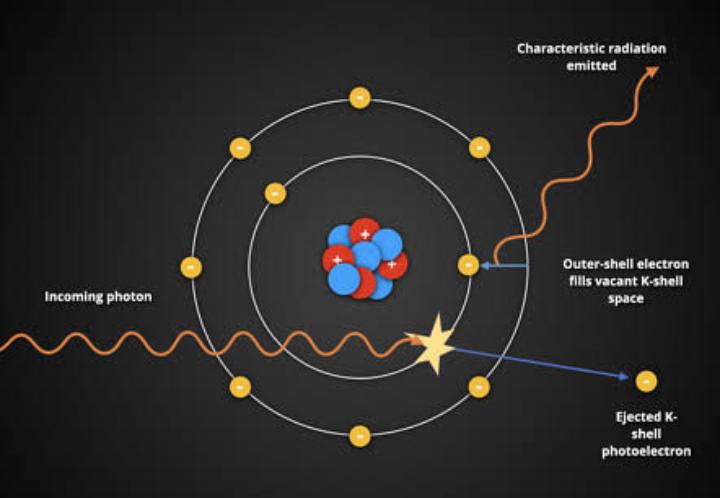
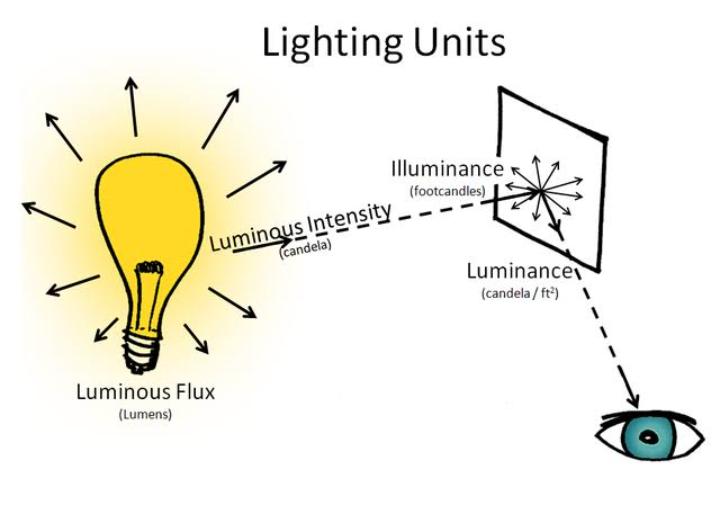

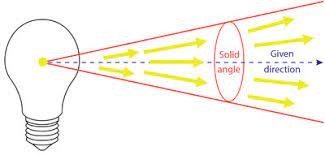
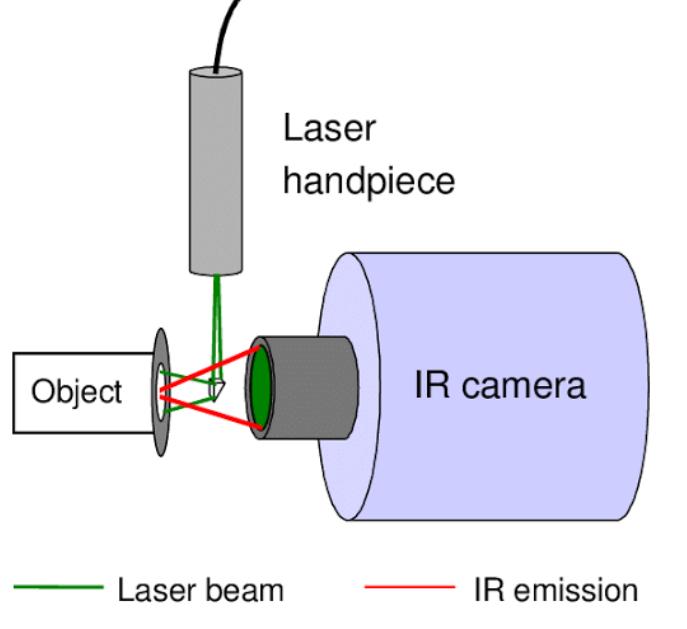
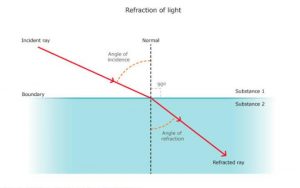
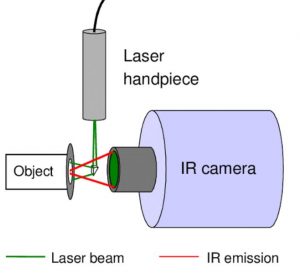
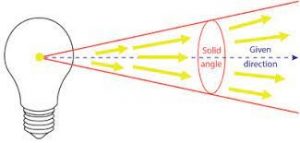
Superb 👏
Very informative and great writing pattern 👏😊
Thank you so much for your kind words dear prithvi ❤️. I am glad you appreciated my effort. It means a lot to me. 🙂